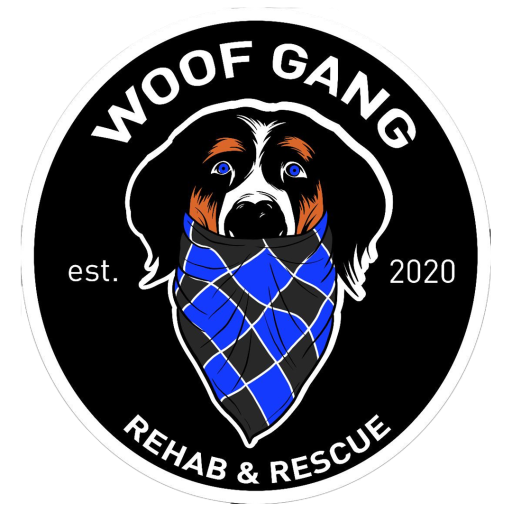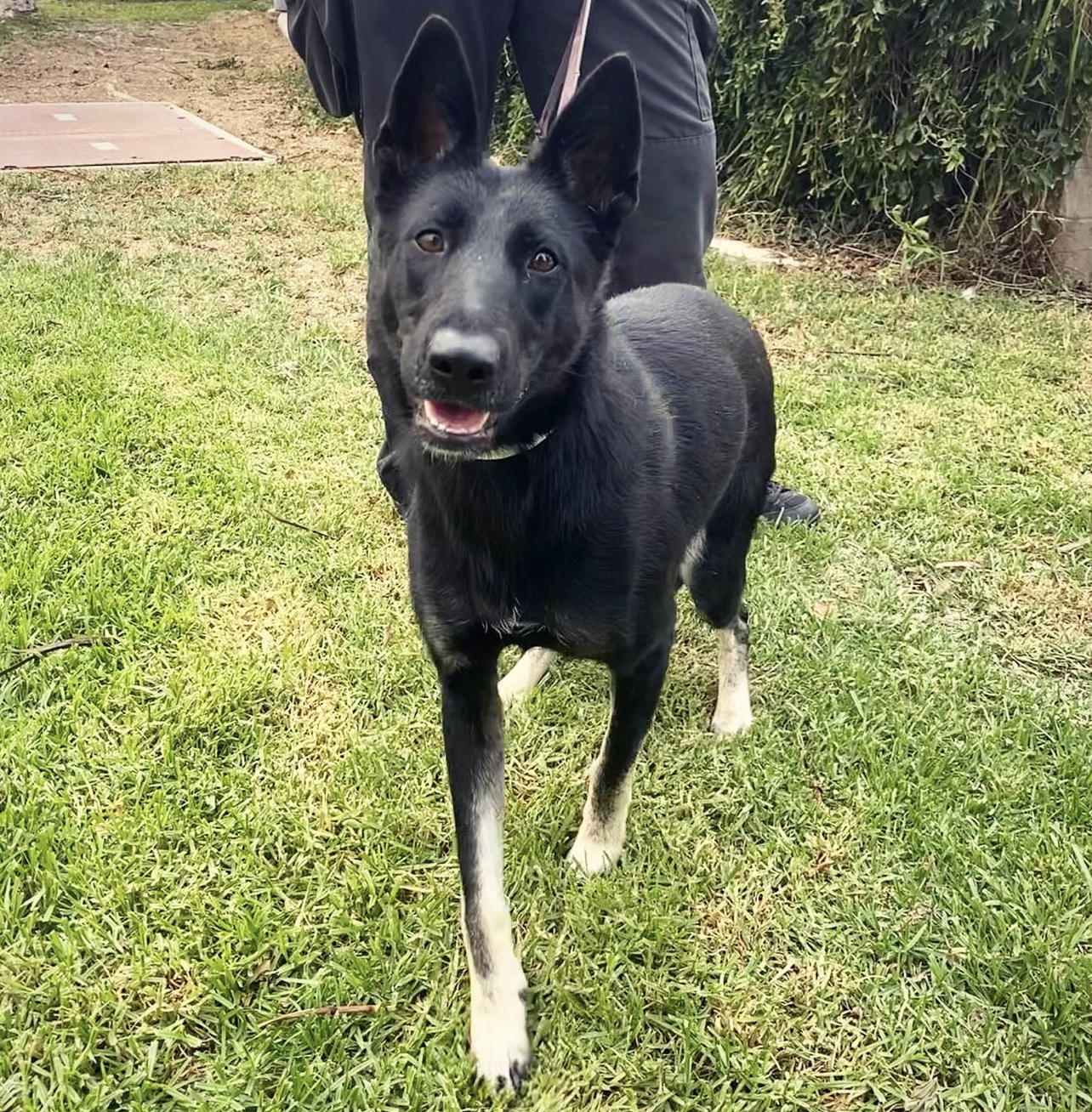Philosophy
Training Tools
Despite their look and reputation, prong collars and electronic collars are two training tools that, when used properly, can create the safest outlook for you and your dog. They enhance your training, communication system, and reliability with your dog, and can keep them from getting injured in potential dangerous situations.
We use prong collars because we find them to be one of the best tools for gently communicating and connecting with the dog. The official Herm Sprenger brand collar has a trachea plate that protects your dog’s neck, trachea, and airway from harm when pulling or receiving pressure from the leash. The collar is designed to safely distribute equal pressure around the dog’s entire neck, rather than a traditional flat collar, which simply puts pressure on their airway, causing them to be unable to breathe properly when pressure is applied or they pull on the leash.
Our unique training approach uses the prong in such a way so that very little pressure is used to communicate directionality to the dog. We give a slight tap in the upward direction to instruct the dog to sit, a slight tap in the downward direction to instruct the dog to down, and so forth. For dogs that are more sensitive we start with a slip lead to teach leash pressure and then, if it is right for the dog, we then move forward with the prong collar. We rarely use the prong collar to actually correct your dog, because when conditioned properly, harsh corrections are not necessary to get your dog to perform what is asked. We use the prong collar to give directionality when working in conjunction with the electronic collar in order to make communication crystal clear to the dogs. This avoids the confusion that can cause the dog to have an aversion to the tools or cause psychological damage when used improperly.
Because the TENS Unit style electronic collars that we use are so neutral and mild, they allow for the very best communication and transferring of skills from trainer to owner. While many are concerned that the dog is being “shocked” into listening, the truth is, contemporary, high-end e-collars are based on the same technology as TENS machines used for physical and psychological therapy in humans. Which means, your dog feels a mild, benign sensation that is not harming to them mentally or physically. Most dogs work at e-collar stim levels that most humans often can’t even feel. In addition, the e-collar enables many challenging issues (reactivity on walks, jumping, barking, stealing food) to be resolved quickly an easily. It’s also the ONLY way to safely have your dog off-leash and maintain reliability.
Our standard process begins with teaching your dog all of their obedience cues using their daily meal as positive reinforcement. Once we are confident the dog knows exactly what is expected of them, we begin to teach the language of the prong collar, and what each directional tap should signal to your dog, all while still using their daily meal as a reward. Once we are confident that the dog understands and is familiar with the prong collar, we then layer in the use of the e-collar stim. We find the dog’s working level (one that does not cause any pain, resistance, or discomfort, but still grasps a hold of their attention). We hold the stim constant until the dog responds to the command we give them verbally and with our food lure and direction from the prong. Once they complete that command, they will receive their reward, and the stim from the e-collar subsides. This is in alignment with positive reinforcement and negative reinforcement, two training techniques, completing the necessary balance that is biologically and psychologically sound for canine training.
Many people have the misconception that some other training tools, such as gentle leaders, harnesses, martingales, and flat collars are safer than these tools. So let’s talk a little bit about those tools.
Gentle leaders: these look similar to what horses wear. They sit on and around the dog’s snout and when pressure is applied, they force the dog’s head to turn towards you, keeping them from pulling on the leash. These can cause damage to the dog’s neck and snout and are actually the most cruel and harsh tools you can use on your dog.
Harnesses: Harnesses encourage dogs to pull on leash. Think about how sled dogs are set up to pull. They are attached to the lead with harnesses that clip on the back, for a reason! Harnesses that clip in the front, do help with pulling, however, they can damage your dog’s anatomy because of the constant pressure on their neck, shoulders, and back.
Martingale and Flat Collars: These collars do not have any protection for your dog’s trachea and airway. Needless to say they can cause irreparable damage.




